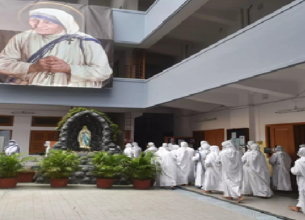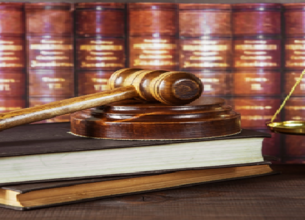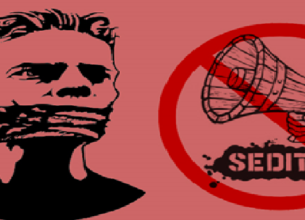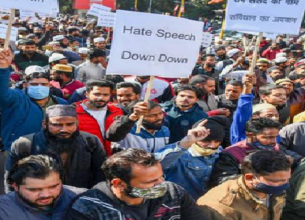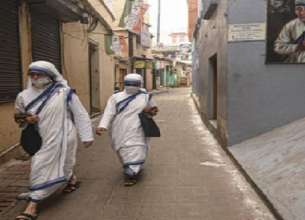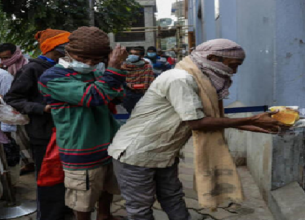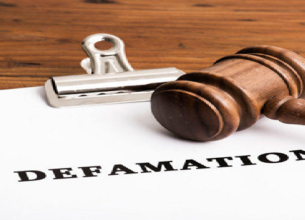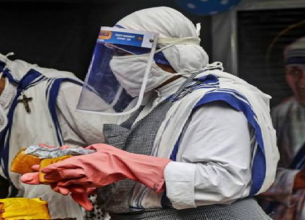RIGHT TO PROTEST UNDER ARTICLE 19
17, Dec 2019
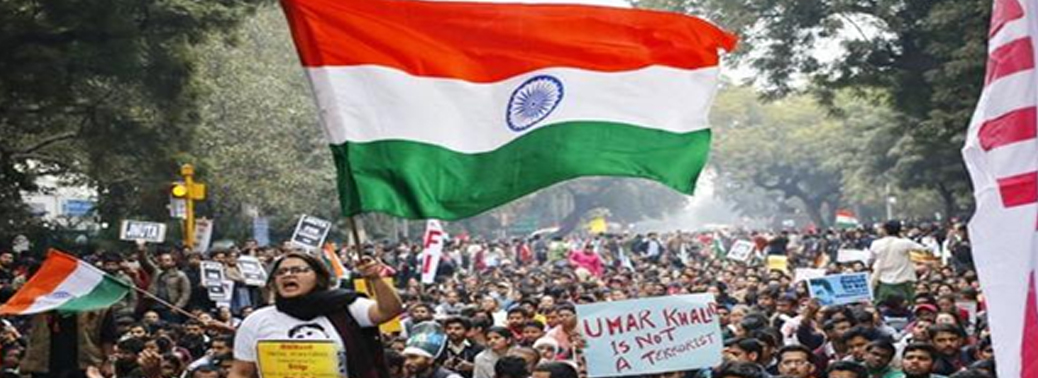
Prelims level : Rights Issues
Mains level : GS-II Indian Constitution- historical underpinnings, evolution, features, amendments, significant provisions and Basic Structure.
Why in News?
- CJI Sharad Arvind Bobde recently stated that people have right to protest, but they should stop riot.
What does the Constitution say?
- The right of citizens to protest peacefully is guaranteed by the Constitution of India.
- Articles 19(1)(a) and 19(1)(b) give to all citizens the right to freedom of speech and expression, and to assemble peaceably and without arms.
- However, under Articles 19(2) and 19(3), the right to freedom of speech is subject to “reasonable restrictions in the interests of the sovereignty and integrity of India, the security of the State, friendly relations with foreign States, public order, decency or morality or in relation to contempt of court, defamation or incitement to an offence”.
What are the Legal Provisions?
- The legal provisions and avenue available to police for handling agitations, protests, and unlawful assemblies are covered by the Code of Criminal Procedure (CrPC), 1973, the Indian Penal Code (IPC), 1860, and The Police Act, 1861.
- The CrPC’s Sections 129-132 deal with “Dispersal of assembly by use of civil force”, use of the armed forces in situations of civil unrest, and protection against prosecution for acts done under these sections.
- The IPC’s Sections 141-158 deal with unlawful assembly, and the responsibilities, liabilities, and punishments related to this offence.
What are the Judicial Guidelines?
- In ‘Karam Singh vs. Hardayal Singh and Ors 1979’ the High Court of Punjab and Haryana underlined that before any force can be used, three prerequisites are to be satisfied.
These were:
- Firstly,there should be an unlawful assembly with the object of committing violence or an assembly of five or more persons likely to cause a disturbance of the public peace.
- Secondly,such assembly is ordered to be dispersed and
- Thirdly,in spite of such orders to disperse, such assembly does not disperse.
International Provision for Right to Protests:
- The ‘Basic Principles on the Use of Force and Firearms by Law Enforcement Officials’ was adopted by the Eighth United Nations Congress in Havana, 1990.
- It resolved that law enforcement officials, in carrying out their duty, shall, as far as possible, apply non-violent means before resorting to the use of force and firearms.





